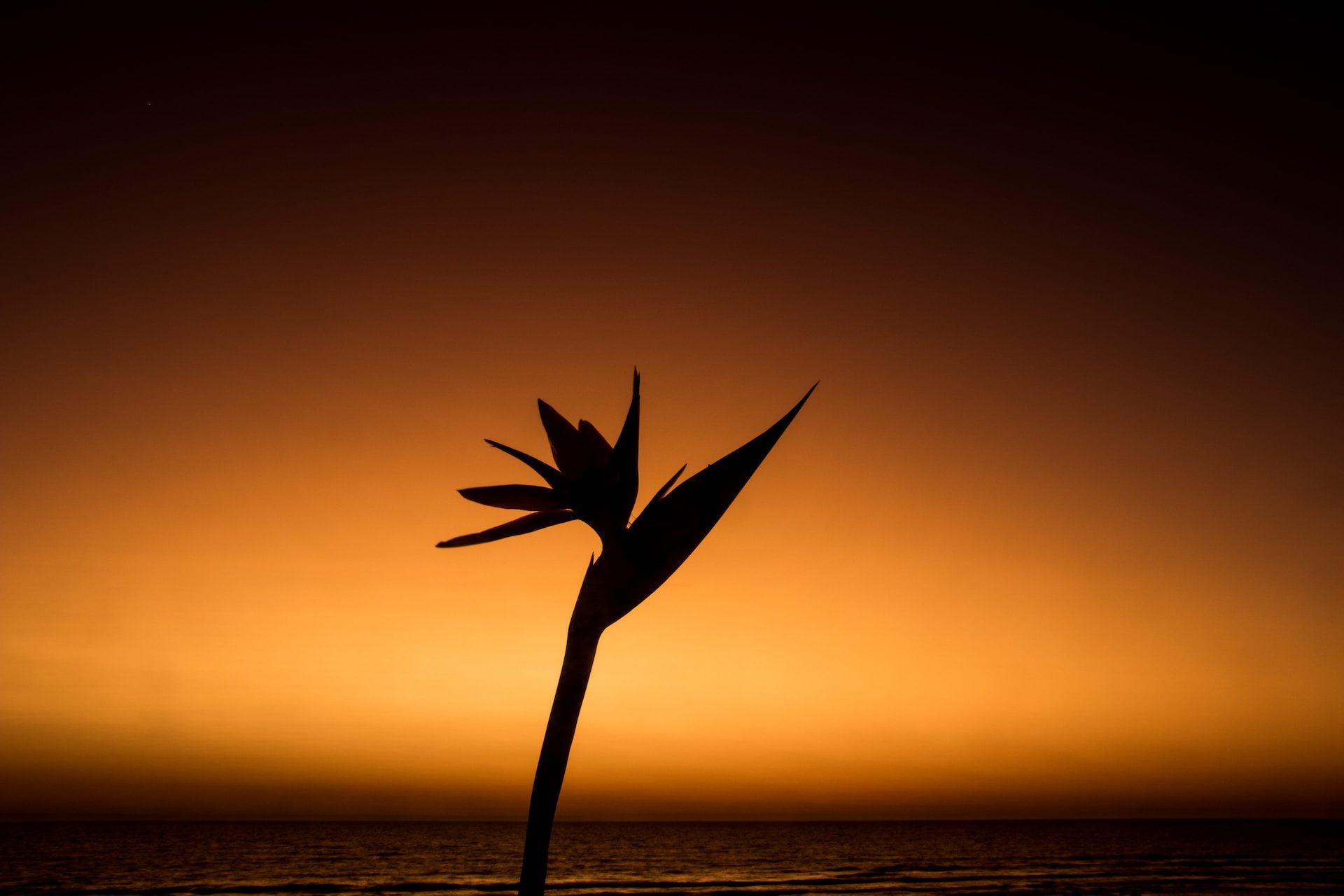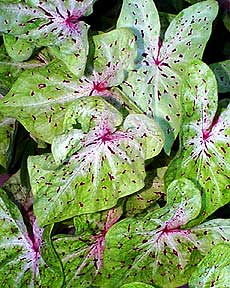Recreate the lush vibrancy of coastal Africa in your own backyard with the regal Strelitzia Nicolai. Few plants exude such an aura of grace and sophistication as this towering species, crowned with spectacular white blooms.
Welcome to the world of Strelitzia Nicolai, affectionately known as the white bird of paradise. This remarkable plant is renowned for its majestic beauty and ability to transform any space into a tropical paradise. With its large, banana-like leaves and magnificent white flowers, Strelitzia Nicolai captivates plant enthusiasts and interior designers alike.
In this article, we will dive into the enchanting realm of Strelitzia Nicolai, exploring its origins, characteristics, care tips, and the awe-inspiring ambiance it brings to any setting.
Origins and Characteristics
Strelitzia Nicolai is native to the coastal regions of South Africa, where it thrives in the warm, tropical climate. It belongs to the Strelitziaceae family and is closely related to its more compact cousin, Strelitzia Reginae, known as the orange or bird of paradise plant. However, what sets Strelitzia Nicolai apart is its grandeur and elegance, as it can reach impressive heights of up to 30 feet (9 meters).
The distinguishing features of the Strelitzia Nicolai include:
Large, Fan-Like Leaves:
The leaves of the white bird of paradise are one of its most striking attributes. Resembling oversized feathers, they can reach lengths of up to 8 feet (2.5 meters) and create a lush, tropical atmosphere wherever they are displayed.
Stunning White Blooms:
Although Strelitzia Nicolai is primarily known for its foliage, it also produces exquisite flowers. The flowers emerge from boat-shaped bracts and unfold into delicate, white petals with vibrant blue tongues. These captivating blooms are not only visually stunning but also attract a variety of pollinators.
Impressive Size and Growth:
Strelitzia Nicolai is a plant that demands attention due to its size and growth rate. In ideal conditions, it can grow several feet each year, quickly becoming a focal point in any landscape or indoor setting.
Caring for Strelitzia Nicolai
Now that we’ve explored the captivating allure of Strelitzia Nicolai let’s delve into its care requirements. While this tropical beauty may seem daunting to nurture, with the right approach, it can flourish and bring joy for years to come.
Here are some essential care tips:
Light Requirements:
Strelitzia Nicolai thrives in bright, indirect light. It appreciates several hours of direct sunlight each day, but be cautious of exposing it to scorching midday sun, which can damage its leaves. If grown indoors, place it near a south-facing window or provide supplemental grow lights.
Temperature and Humidity:
This plant thrives in warm temperatures ranging from 65°F to 85°F (18°C to 29°C). It appreciates a humid environment, so mist its leaves regularly or use a humidifier. Avoid placing it in drafty areas or near air conditioning vents, as it prefers a stable, tropical climate.
Watering:
Strelitzia Nicolai prefers regular watering to keep its soil consistently moist but not waterlogged. Water it thoroughly, allowing excess water to drain out of the pot’s drainage holes. During winter or periods of slower growth, reduce watering frequency, allowing the top inch of soil to dry before rewatering.
Soil and Fertilization:
Plant your Strelitzia Nicolai in well-draining soil rich in organic matter. A mixture of peat moss, perlite, and loamy soil works well. Fertilize every two weeks during the growing season with a balanced liquid fertilizer diluted to half strength. Reduce fertilization during winter.
Pruning and Maintenance:
Regular pruning helps maintain the plant’s shape and removes dead or damaged leaves. If your Strelitzia Nicolai becomes too large for its space, you can divide it during the repotting process. Wear gloves when pruning, as the plant’s sap can cause skin irritation.
Frequently Asked Questions (FAQs)
Absolutely! Strelitzia Nicolai can be grown indoors, provided it receives ample sunlight and enough space for its impressive growth. Ensure the room has sufficient ceiling height to accommodate its majestic leaves.
Strelitzia Nicolai typically blooms during spring and summer, although it may occasionally produce flowers at other times of the year. Patience is key, as it can take several years for a young plant to reach maturity and start blooming.
While the flowers of Strelitzia Nicolai are visually striking, they do not produce a strong fragrance. Their beauty lies in their elegant appearance rather than their scent.
White Bird of Paradise - Two months growth
Watch as the Strelitzia Nicolai awakens for the season. These photos were taken over a two month span, from March 14 to May 12.
Resources
If you are looking for more information on the white bird of paradise, take a look at some of these informative resources:
1. SANBI – The South African National Biodiversity Institute contributes to South Africa’s sustainable development by facilitating access to biodiversity data, generating information and knowledge, building capacity, providing policy advice, showcasing and conserving biodiversity in its national botanical and zoological gardens.
2. Missouri Botanical Garden – This resource provides a detailed profile of Strelitzia Nicolai, including its characteristics, care requirements, and potential problems.
3. Strelitzias of the world: A historical & contemporary exploration by Himansu Baijnath and Patricia A. McCracken – is a compelling blend of history, botany, and artistry. The author’s passion for these exotic plants is evident, making the book a fascinating read. It’s a must-have for plant enthusiasts, offering a unique insight into the world of strelitzias.
Conclusion
Strelitzia Nicolai, the white bird of paradise, is a botanical masterpiece that adds a touch of exotic elegance to any setting. With its grand stature, fan-like leaves, and exquisite white blooms, it is sure to captivate all who encounter it.
By providing the right care, light, and nurturing environment, you can cultivate this stunning plant indoors or outdoors and enjoy its tropical allure year-round. So why wait? Embrace the beauty of Strelitzia Nicolai and let it transport you to a lush, tropical paradise right in your own space!




